Government Policies and Incentives
Government policies and incentives play a pivotal role in shaping the CNG RNG Hydrogen Tank Market. Many countries are implementing regulations that promote the use of alternative fuels, including tax breaks, subsidies, and grants for businesses that invest in clean energy technologies. These supportive measures are designed to encourage the transition from conventional fuels to CNG, RNG, and hydrogen. For example, recent initiatives have allocated significant funding for research and development in hydrogen technologies, which is expected to bolster the market. As these policies continue to evolve, they are likely to create a favorable environment for the CNG RNG Hydrogen Tank Market, driving innovation and investment in this sector.
Expansion of Alternative Fuel Infrastructure
The expansion of alternative fuel infrastructure is a crucial driver for the CNG RNG Hydrogen Tank Market. As governments and private entities invest in the development of refueling stations and distribution networks, the accessibility of CNG, RNG, and hydrogen fuels is improving. Recent statistics indicate that the number of hydrogen refueling stations has increased by over 30% in the last year alone, reflecting a growing commitment to alternative fuels. This infrastructure development not only facilitates the adoption of cleaner fuels but also encourages manufacturers to invest in the CNG RNG Hydrogen Tank Market. The enhanced availability of refueling options is likely to stimulate demand for hydrogen tanks, thereby propelling market growth in the foreseeable future.
Increasing Demand for Clean Energy Solutions
The rising awareness regarding environmental issues has led to an increasing demand for clean energy solutions, which is a key driver for the CNG RNG Hydrogen Tank Market. As nations strive to reduce greenhouse gas emissions, the shift towards cleaner fuels such as compressed natural gas (CNG), renewable natural gas (RNG), and hydrogen becomes more pronounced. According to recent data, the market for hydrogen tanks is projected to grow at a compound annual growth rate of over 20% in the coming years. This trend indicates a robust market potential, as consumers and industries alike seek sustainable alternatives to traditional fossil fuels. The CNG RNG Hydrogen Tank Market is thus positioned to benefit from this growing demand, as it aligns with global efforts to transition towards a more sustainable energy landscape.
Rising Adoption of Hydrogen Fuel Cell Vehicles
The rising adoption of hydrogen fuel cell vehicles (FCVs) is emerging as a significant driver for the CNG RNG Hydrogen Tank Market. As automotive manufacturers increasingly focus on developing hydrogen-powered vehicles, the demand for efficient and safe hydrogen storage solutions is surging. Current projections indicate that the number of hydrogen FCVs on the road could reach several million by the end of the decade, necessitating a robust supply of hydrogen tanks. This trend not only highlights the growing acceptance of hydrogen as a viable fuel source but also underscores the potential for the CNG RNG Hydrogen Tank Market to expand in response to this demand. The interplay between vehicle adoption and tank supply is likely to create a dynamic market landscape, fostering further growth in the industry.
Technological Innovations in Storage Solutions
Technological advancements in storage solutions are significantly influencing the CNG RNG Hydrogen Tank Market. Innovations in materials and engineering have led to the development of lighter, more durable tanks that can withstand higher pressures, thereby enhancing safety and efficiency. For instance, the introduction of composite materials has improved the performance of hydrogen tanks, making them more viable for various applications. Market data suggests that the adoption of advanced tank designs could reduce production costs by up to 15%, making these technologies more accessible. As industries increasingly adopt these innovations, the CNG RNG Hydrogen Tank Market is likely to experience accelerated growth, driven by enhanced product offerings that meet the evolving needs of consumers and businesses.


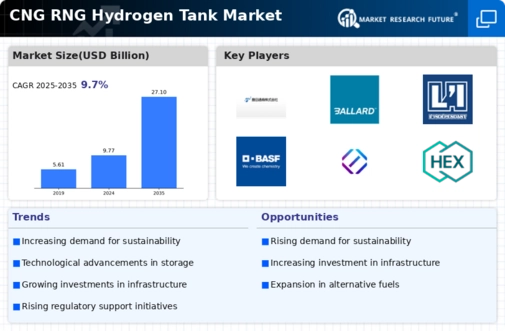

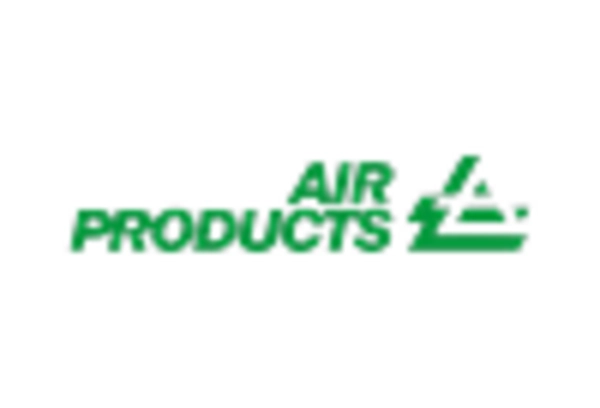

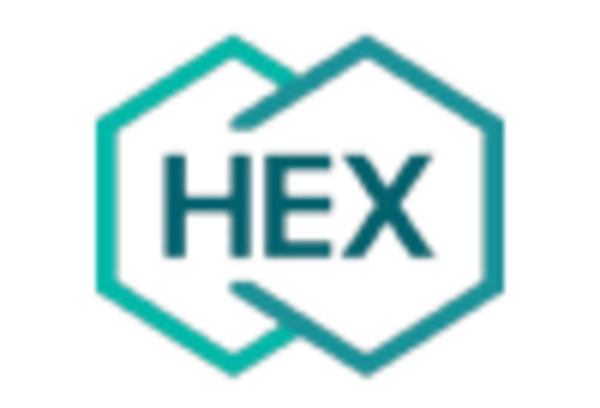
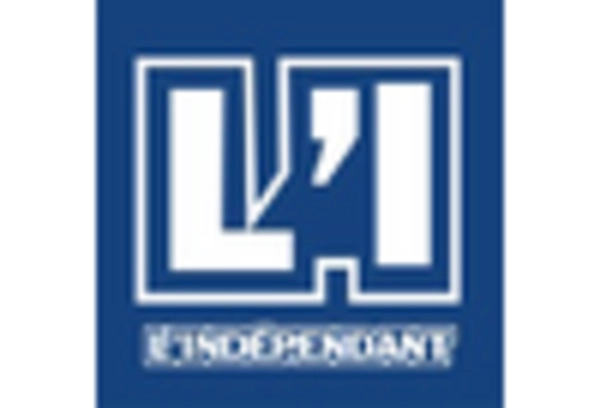
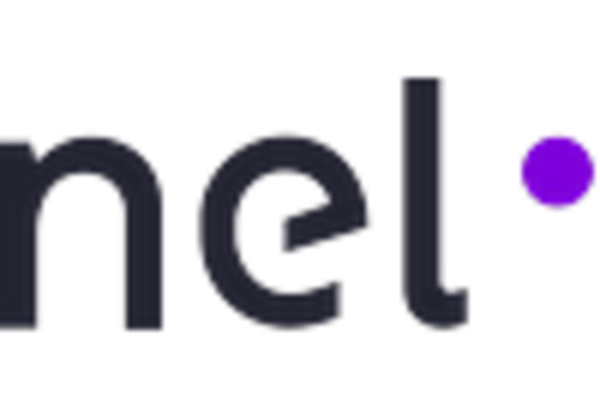
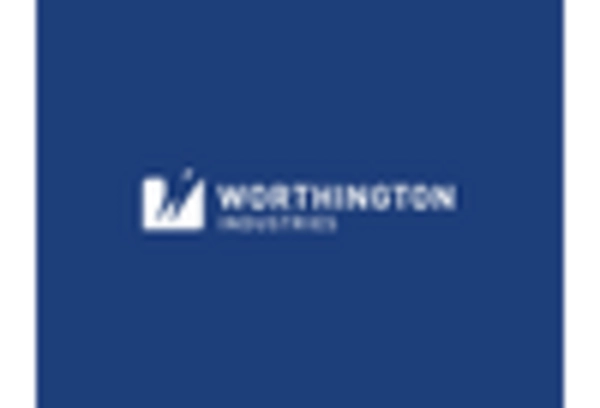








Leave a Comment